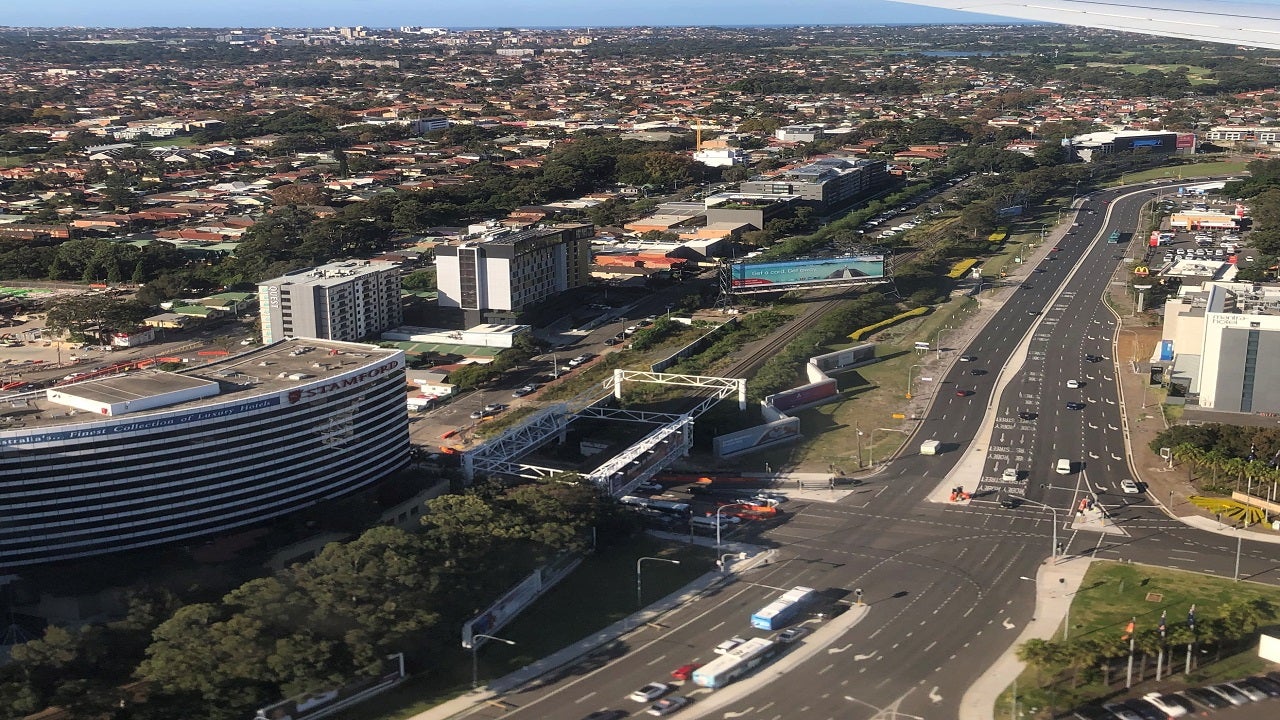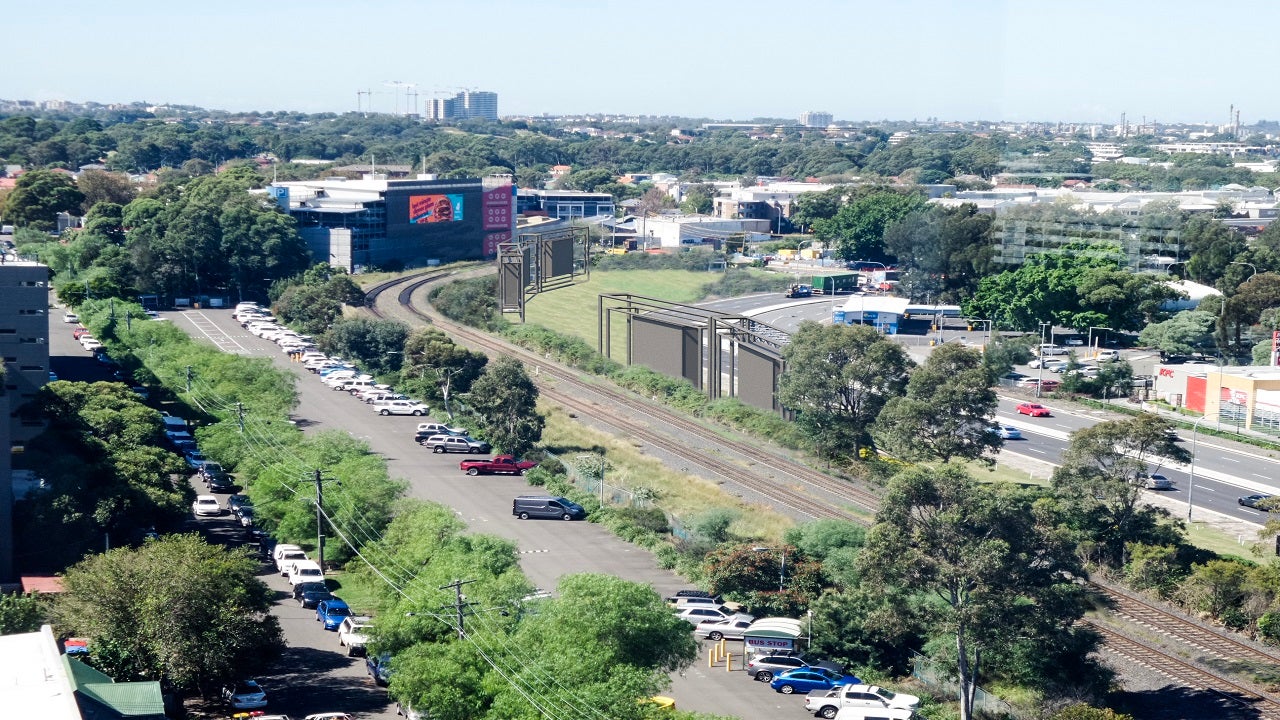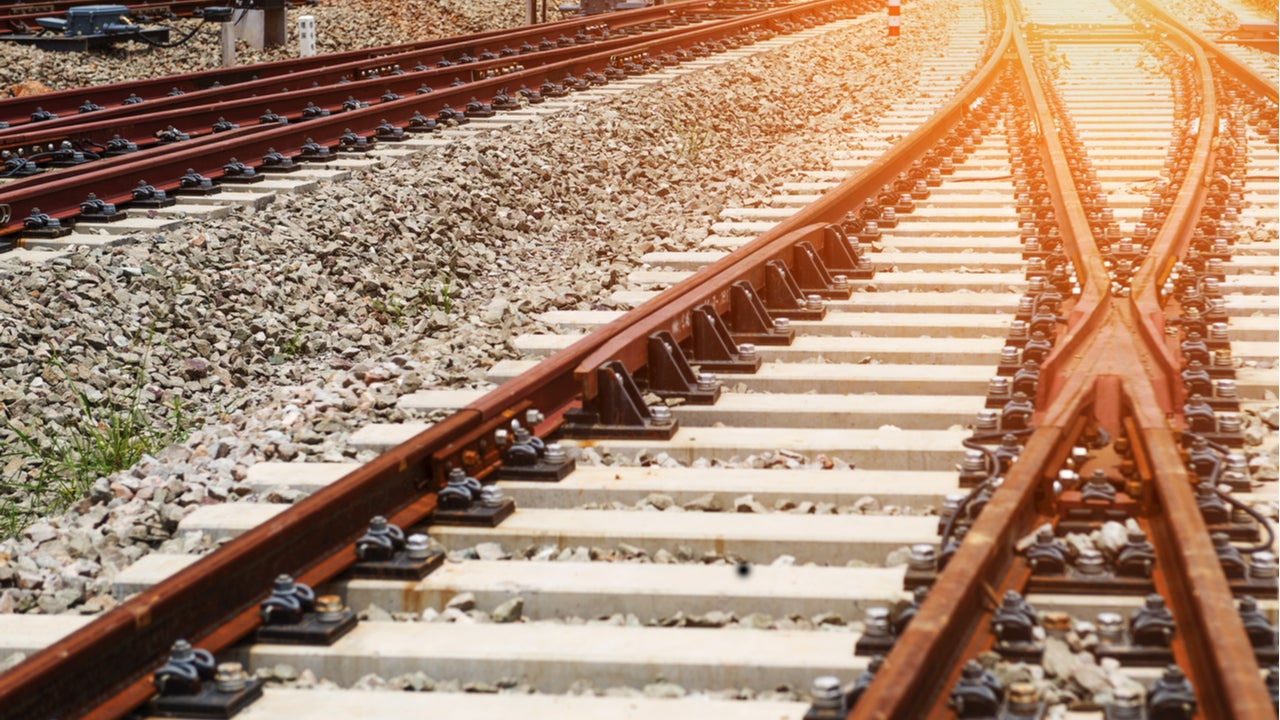Botany rail duplication involves the duplication of 2.9km of freight track of the Botany line rail corridor between Mascot and Botany in New South Wales (NSW), Australia.
In addition to the duplication of the single line freight track, the project will include the construction of a new track, upgrade and realignment of an existing track, new crossovers and bridges, reconstruction of existing bridges and other ancillary works.
The A$400m ($293m) project is being developed by the Australian Rail Track Corporation (ATRC) with funding from the Australian Government. It received state significant infrastructure (SSI) approval from the NSW Government in August 2020. Construction is expected to begin in 2021.
The project is among the latest ones to be determined through the NSW Government’s Planning System Acceleration Program, which aims to keep jobs and improve the economy from the Covid-19 pandemic’s impact.
The rail duplication project will generate more than 400 jobs during the construction phase while also boosting local businesses by enabling the transport of products through the rail line.
It will increase the capacity of Sydney’s freight rail network and provide enhanced operational efficiency, flexibility and reliability.
Botany rail duplication purpose
Port Botany is the state’s largest container port and its efficient operation is critical for the smooth transportation of goods. The amount of freight handled by it is expected to increase by 77%, from 14.4 million tonnes (Mt) in 2016 to 25.5Mt by 2036.
Increasing freight movement to and from Port Botany by rail will further burden the existing Botany line, especially the single line section of track.
The NSW freight and ports network is essential for the state government’s economy, which is expected to grow to A$1.3 trillion ($933.5bn) by 2056. Freight demand in NSW is projected to increase by 28% to 618Mt by 2036.
The Botany rail duplication project will support the anticipated increase in demand by allowing the movement of roughly 45 freight trains a day by 2030 on the Botany line, from the current average of approximately 20 trains a day.
Botany rail duplication project construction details
The project will involve the construction of a 2.9km-long track within the rail corridor. Certain sections of the track will be moved sideways while some will be upgraded to improve the alignment of both the tracks.
New rail crossovers will be constructed to maintain and improve access at two locations, resulting in the creation of four new crossovers.
Ancillary works will include bi-directional signalling upgrades, protection / relocation of certain utilities and drainage work.
Bridge works under the Botany rail duplication
New bridges will be constructed at Mill Stream, O’Riordan Street, Southern Cross Drive, and Robey Street (adjacent to the existing bridges), while the existing bridge structures at Robey Street and O’Riordan Street will be reconstructed.
New embankment and retaining structures will be constructed adjacent to Qantas Drive, between Robey and O’Riordan streets. Another new embankment will be built between the Mill Stream and Botany Road bridges.
Botany rail duplication benefits
The project will increase the share of freight moved by rail and reduce congestion on the roads. Each additional freight train on the line will help remove approximately 54 trucks off Sydney’s roads.
The line will support connection to and operation of intermodal terminals to achieve their targeted freight capacity.
The Botany rail duplication, along with the Cabramatta loop project, a proposed freight rail passing loop between Cabramatta and Warwick Farm, aims to provide the capacity needed to meet the anticipated growth in the containerised freight task. The projects will also support rail services between Port Botany and metropolitan freight intermodal terminals.
The Botany rail duplication project will complement future upgrades at the airport and port precinct, which are intended to improve traffic flow and minimise congestion on nearby roads.
Contractors involved
WolfPeak provided environmental and planning advisory services for developing the environmental impact statement and assisted in obtaining the SSI approval as part of a A$50m ($35.9m) contract.
In September 2020, ARTC shortlisted CPB Contractors, Laing O’Rourke Construction Australia, and John Holland to submit formal tenders for the rail line duplication.






